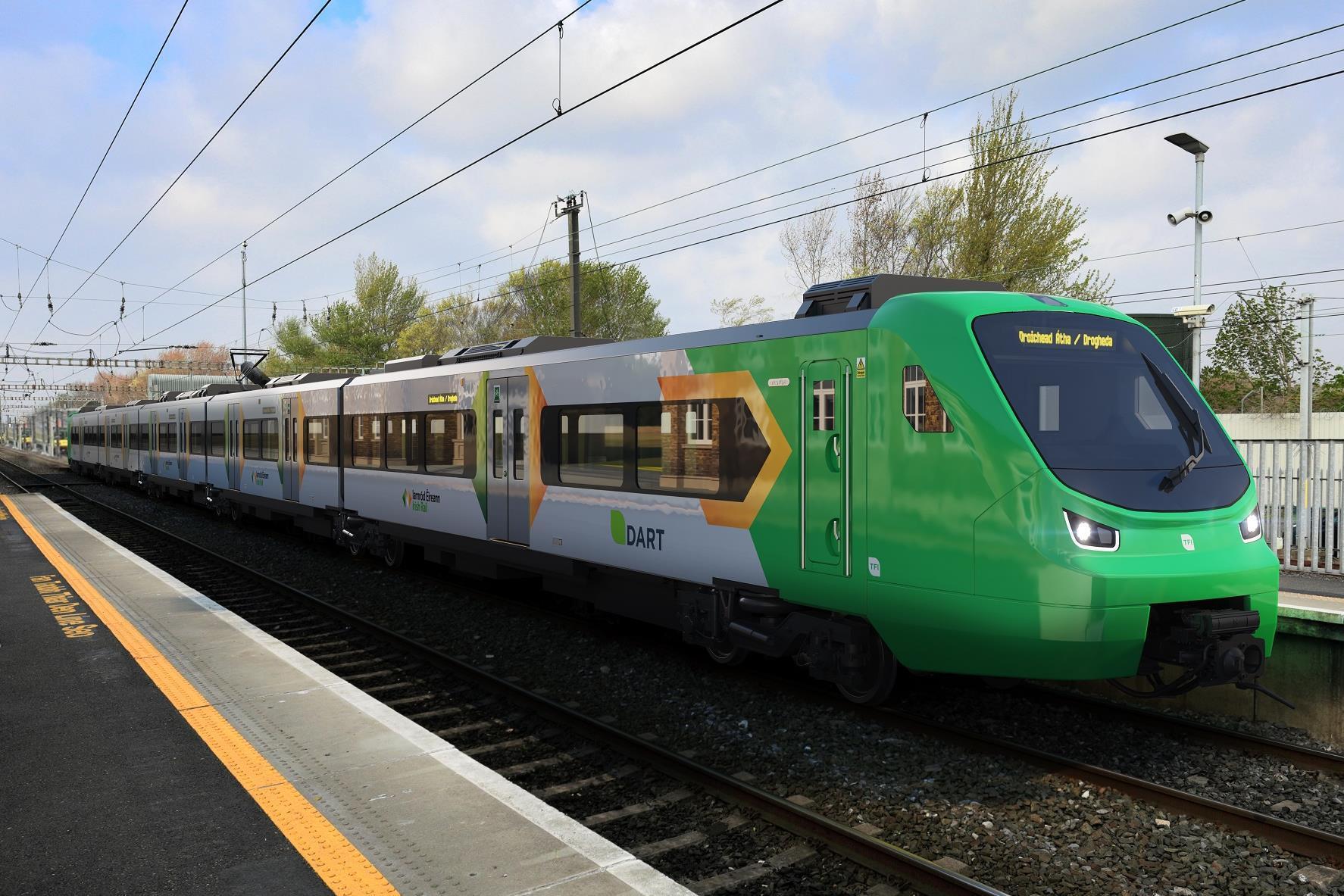In the past few months, Irish Rail have outlined plans to expand the DART (Dublin Area Rapid Transit) past the small coastal commuter area spanning Malahide and Howth down to Bray and Greystones, to include areas further north to Drogheda and further west to Maynooth. While these areas do need to be included in some form of a reasonably priced commuter service, the current proposal is nothing more than a band-aid on a bullet hole.
While it may seem a clear positive to expand rapid rail services to further areas, doing so at the expense of areas that have been served by the DART for over 100 years is not the way to go about it. The new DART+ proposal suggests expanding the route through Howth Junction and Malahide further north to Drogheda, cutting off access to Bayside, Sutton, and Howth. In exchange, it has been suggested that these areas will be serviced by a shuttle from Howth Junction, requiring changing trains at that station for anyone travelling to and from Dublin.
The peninsula of Howth and Sutton is already incredibly congested. Only a 30 minute drive by car to the city centre, I often find myself struggling to even get out of Howth with only one road out into the city. We are also only served by two bus routes, one of which is only hourly and neither of which are particularly reliable. The DART is a staple of North Dublin Bay’s connection to the city centre, one which would severely alienate the community if left neglected.
If the government truly wishes to encourage people to turn to public transport rather than automobiles, making the journey twice as long is not the way to go about it.
For students who rely on the Bayside, Sutton, and Howth strip of the DART to reach Trinity campus, an additional change with a complex schedule could add a significant amount of time to their journey. On weekdays, the DART only runs every 20 minutes, and on weekends can be as infrequent as once every hour. If the government truly wishes to encourage people to turn to public transport rather than automobiles, making the journey twice as long is not the way to go about it.
Further than just the impact to those who live in these communities, Howth is also Dublin’s second most popular tourist attraction after the Guinness Storehouse, one that will be significantly more inaccessible if it is only serviced by a shuttle from a train. Many of the shops along the seafront cater largely to tourists, in addition to several seaside cruises and other tourist attractions that would lose a considerable amount of business under the new DART+.
An issue that compounds this is the pressure put on the area of Donaghmede if the Howth Junction station is to become a major role in commuter services for areas north of Dublin. In contrast to areas of Connolly and Heuston stations, Howth Junction is in a fully residential area and lacks a considerable amount of staff. The plans from Irish Rail to modernise Howth Junction would harm those in the surrounding community, adding more entrances and lighting. The area already struggles with the levels of noise from being the hub for platform changes from Howth to Malahide. If that is a changeover that every traveller to the Howth direction would have to make, the congestion would be unbearable.
Cutting off an entire community from a resource that has supported both residents and its tourist industry for centuries would be harmful, and it’s a plan that clearly hasn’t been thought out.
Transport for those not on the DART line, and even at certain times for those of us on the DART line, is abysmal. It’s overly expensive, confusing, and infrequent to get into town on a daily basis. But expanding this before the issues with DART are fixed is not the way to go. Cutting off an entire community from a resource that has supported both residents and its tourist industry for centuries would be harmful, and it’s a plan that clearly hasn’t been thought out.
Part of the “new and improved” DART+ proposal includes improved carriages, with adequate wheelchair space, charging stations, and toilets. That’s what they need to get right, on top of increasing the frequency and reliability of services. Tacking on more areas before ironing the core problems out will just create a ripple effect of lacklustre services on an even larger scale. And hey, maybe in the long run we can ensure a one way route to Howth will stick around.






